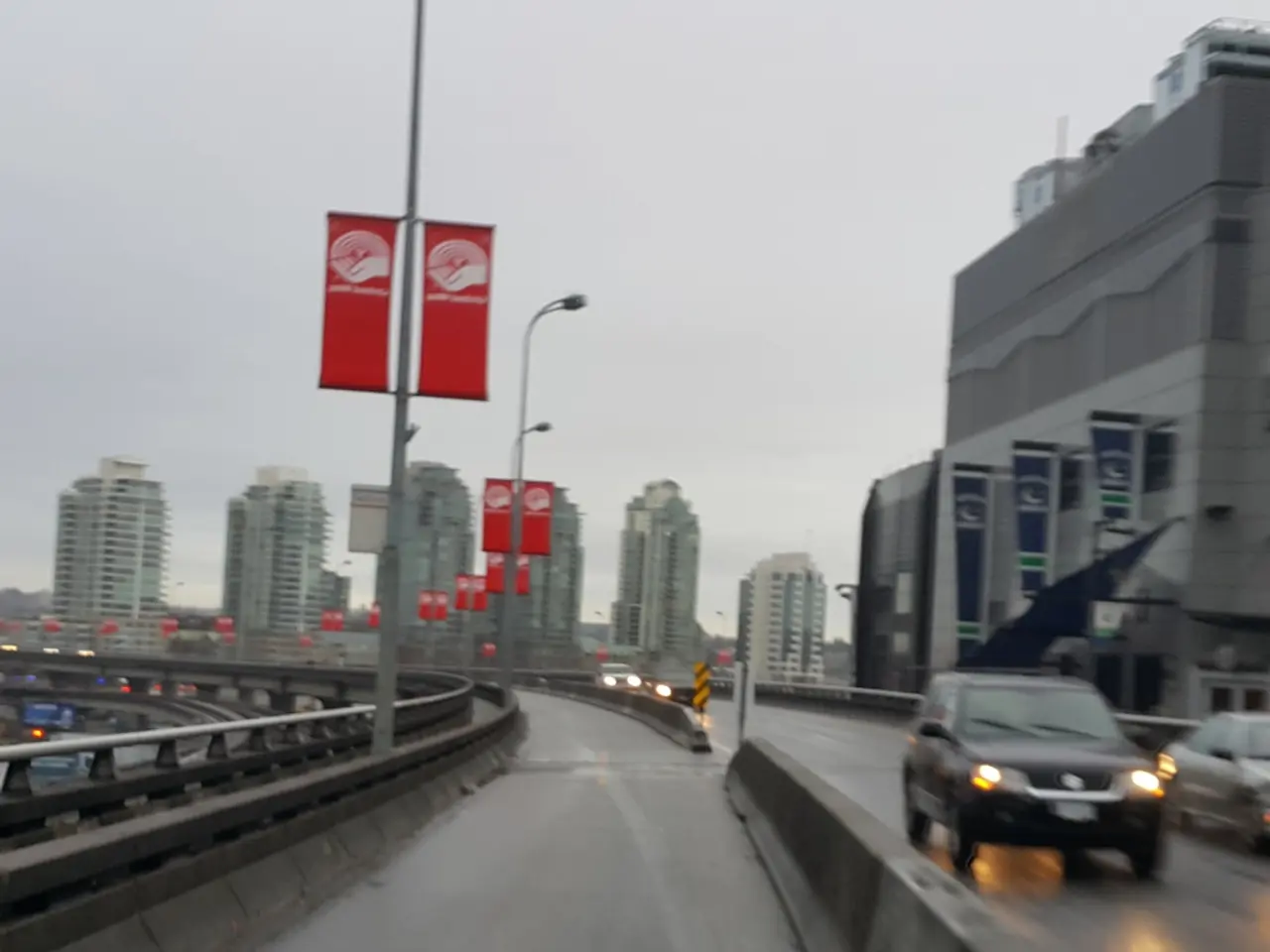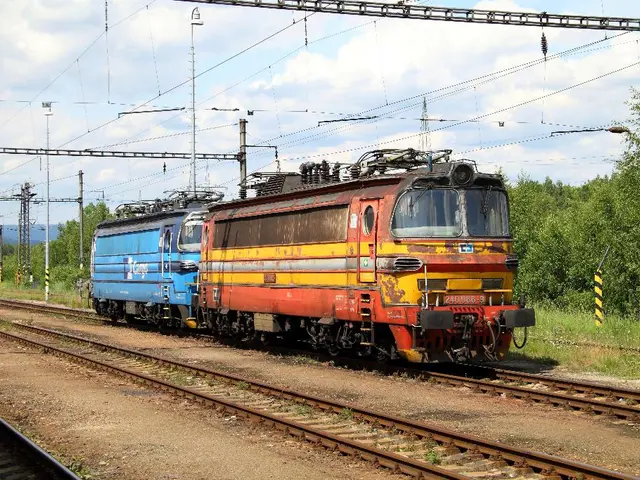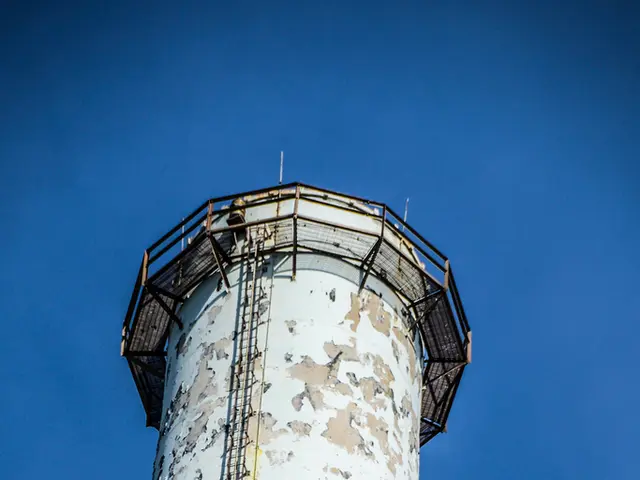Construction of the S7 motorway: inauguration connecting Burgenland with Hungary
The Fürstenfeld West Bypass (S7), a 28.4-kilometer connection, has been inaugurated, marking a significant development in the transportation infrastructure of East Styria and South Burgenland. This project, which took almost eight years and cost around 900 million euros, has been funded by Asfinag.
The S7 aims to better connect East Styria and South Burgenland to the high-ranking road network, providing a much-needed 'lifeline for the greater region' as described by Asfinag board member Herbert Kasser. The construction of the S7 is expected to offer an economic boost, as highlighted by various officials.
The S7 features two lanes in each direction with a total width of 28 meters. Along the route, 59 bridges, five interchanges, and 32 water protection facilities were built to ensure smooth traffic flow and minimise environmental impact.
The West section of the S7 leads from the Riegersdorf interchange to Dobersdorf, while the East section connects to the Hungarian border. At Heiligenkreuz in the Lafnitztal valley (district of Jennersdorf), the S7 connects to the Hungarian M80.
The Rudersdorf Tunnel, the first road tunnel in Burgenland, has been constructed as part of the S7 project. This tunnel is intended to improve transportation infrastructure and connectivity in the region, likely as part of broader developments in Austrian infrastructure projects aiming to close gaps and enhance transit routes.
The inauguration of the S7 has been referred to as a 'milestone for the future of the region' by Transport Minister Peter Hanke (SPÖ). Styrian Governor Mario Kunasek (FPÖ) highlighted the improvement of traffic flow and safer commutes as benefits of the S7. Burgenland's infrastructure councilor Heinrich Dorner (SPÖ) emphasized the 'significant relief for the communities' as a result of the S7.
In addition to improving traffic flow, the S7 also focuses on reducing the impact on local communities. The project aims to relieve communities from through-traffic, providing a more peaceful and livable environment.
More than 530 hectares of compensation areas were created for ecological measures. Almost 200 million euros were invested in noise barriers, amphibian tunnels, 22 amphibian ponds, and a bat tunnel with 300 nesting boxes to minimise the environmental footprint of the S7. A total of 1,290 kilometers of power lines were laid to support the new infrastructure.
The entire route will be freely accessible in both directions from 14:00 on Saturday, with the interchanges opening gradually from 13:00 on Saturday. The S7 is set to revolutionise transportation in the region, offering a safer, more efficient, and more environmentally friendly means of travel.








